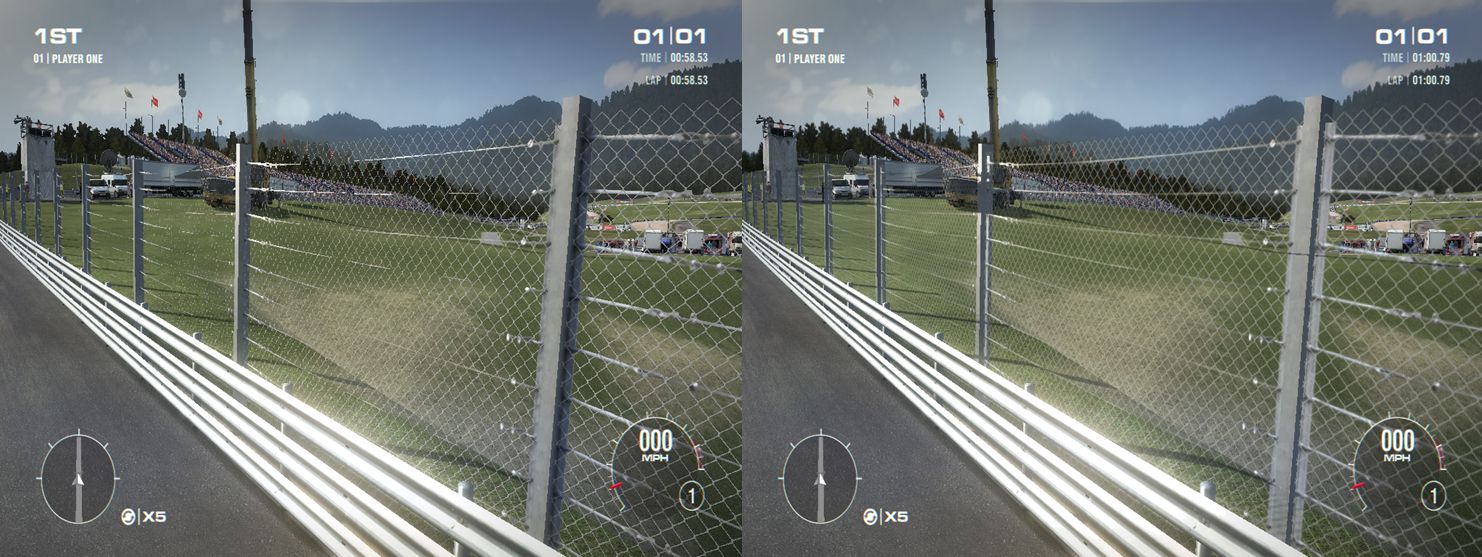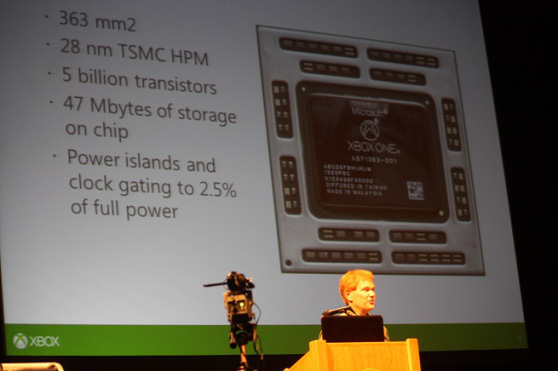
Synapse Design is a company responsible for AMDs chip floor designs. Synapse recently announced new GPU tapeouts, including two 28HPM silicons (this was discovered at Anandtech forums).
The first one is relatively large chip, 500 sq.mm+. The 28HPM is as powerful as 20nm SoC architecture, so this might be the new Radeon flagship GPU. This processor would run at 1GHz frequency, and according to the source, it will not feature HBM (High-Bandwidth-Memory).
The second GPU is 350sq.mm+ silicon. There is a good chance that this particular chip is actually Tonga. We did confirm that Tonga is almost as big as Tahiti, 350sq.mm sound reasonable.
I think they're implying new GCN GPUs (like Tonga) getting the new features;
UAV Ordering (Unordered Access View Ordering)
UAVs cannot guarantee that each frame will access pixels in the same order. In order to avoid artifacts, some sorting is required. AMDs UAV Ordering is basically a copy of Intels PixelSync. Its a special algorithm to solve three problems: order-independent transparency, complex scenes anti-aliasing (for example hair or fences) and shadows from transparent effects.
This technology will drastically change the complexity of the scene in newest games.
A good example of such algorithm being used is shown below.

Fast Conservative Rasterization
While UAV ordering is just a software algorithm, Fast Conservative Rasterization will be a hardware upgrade. Conservative Rasterization is nothing new. However current implementation is slow, and everyone who ever tried TressFX knows that very well. Disabling TressFX makes hair strands thicker. Since this technology is also using order-independent transparency, new features will considerably speedup the process, thus allowing the scene to be rendered faster and more complex.
http://videocardz.com/51021/amd-gcn-update-iceland-tonga-hawaii-xtx

